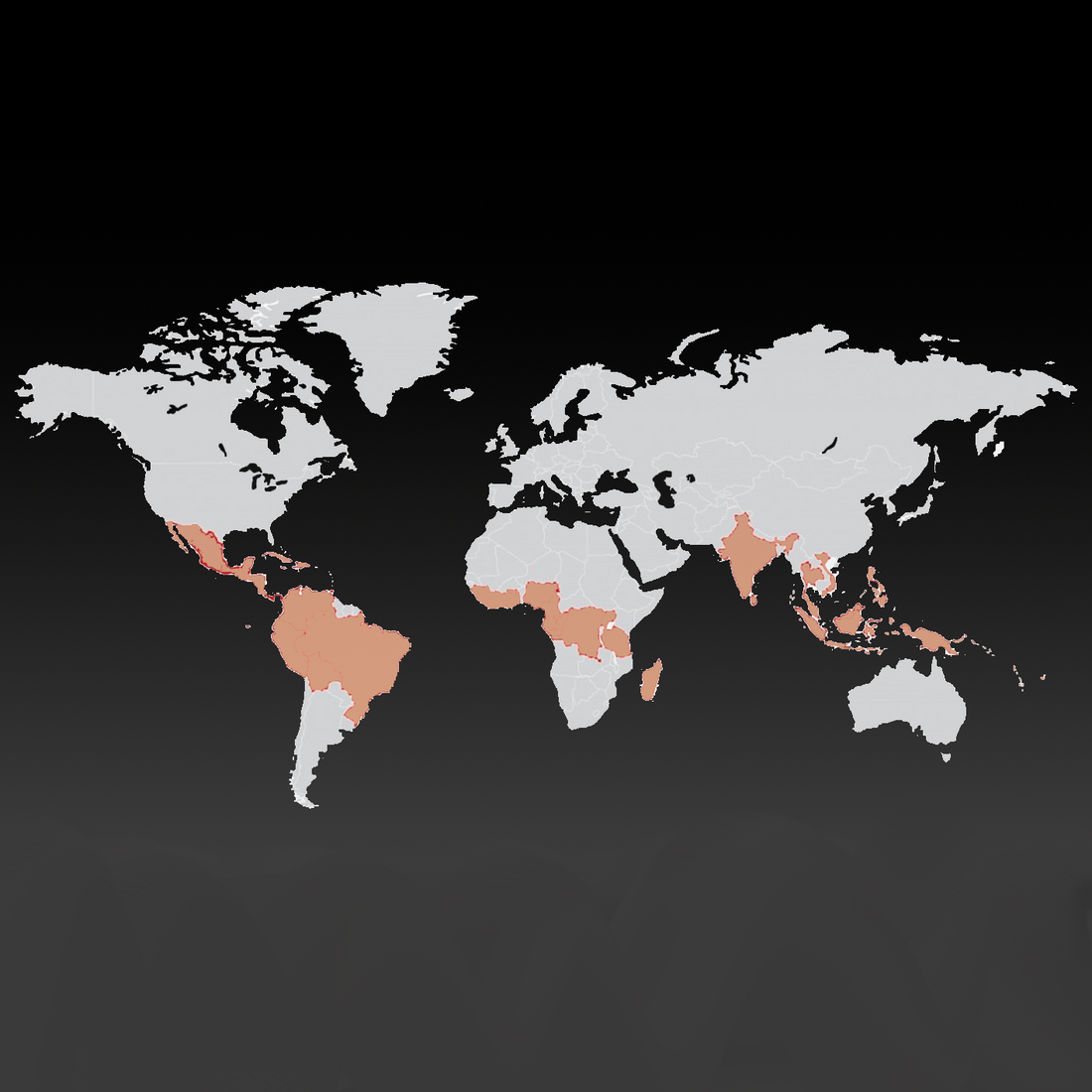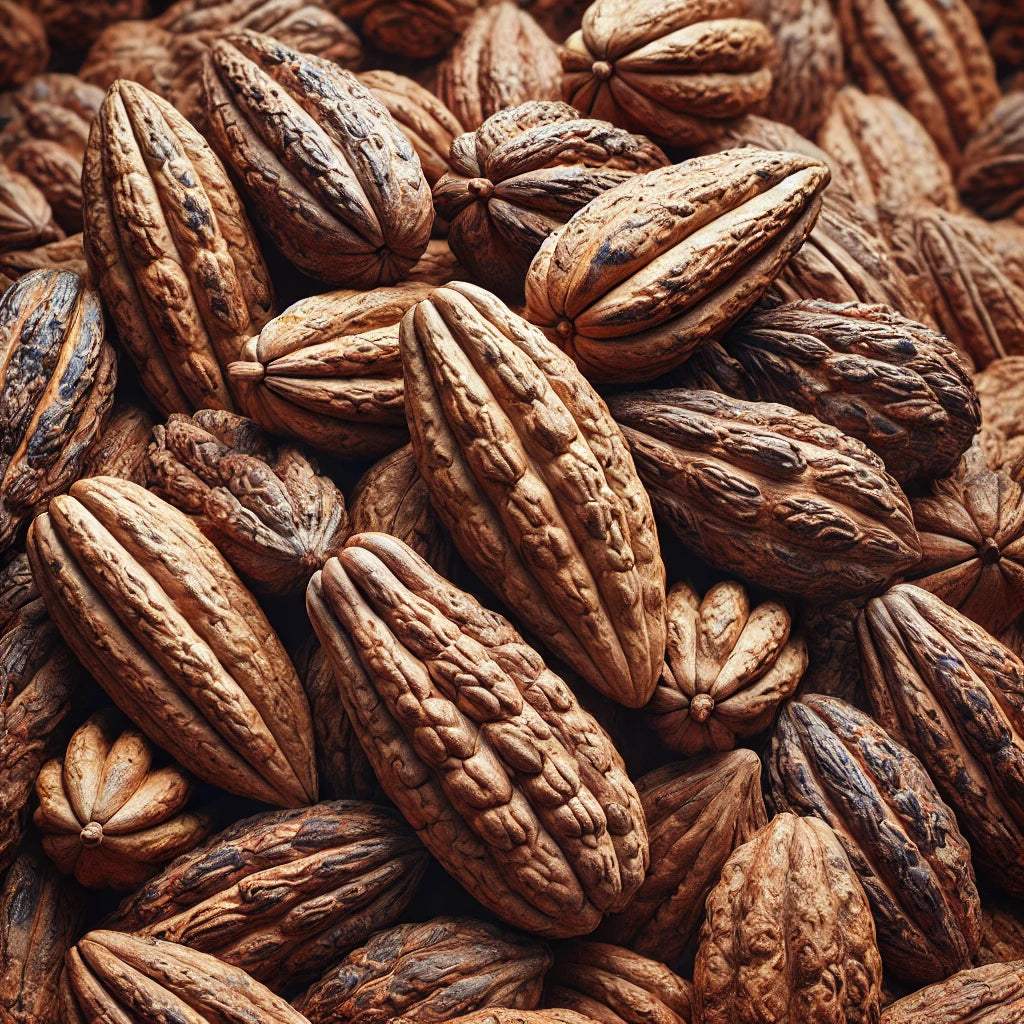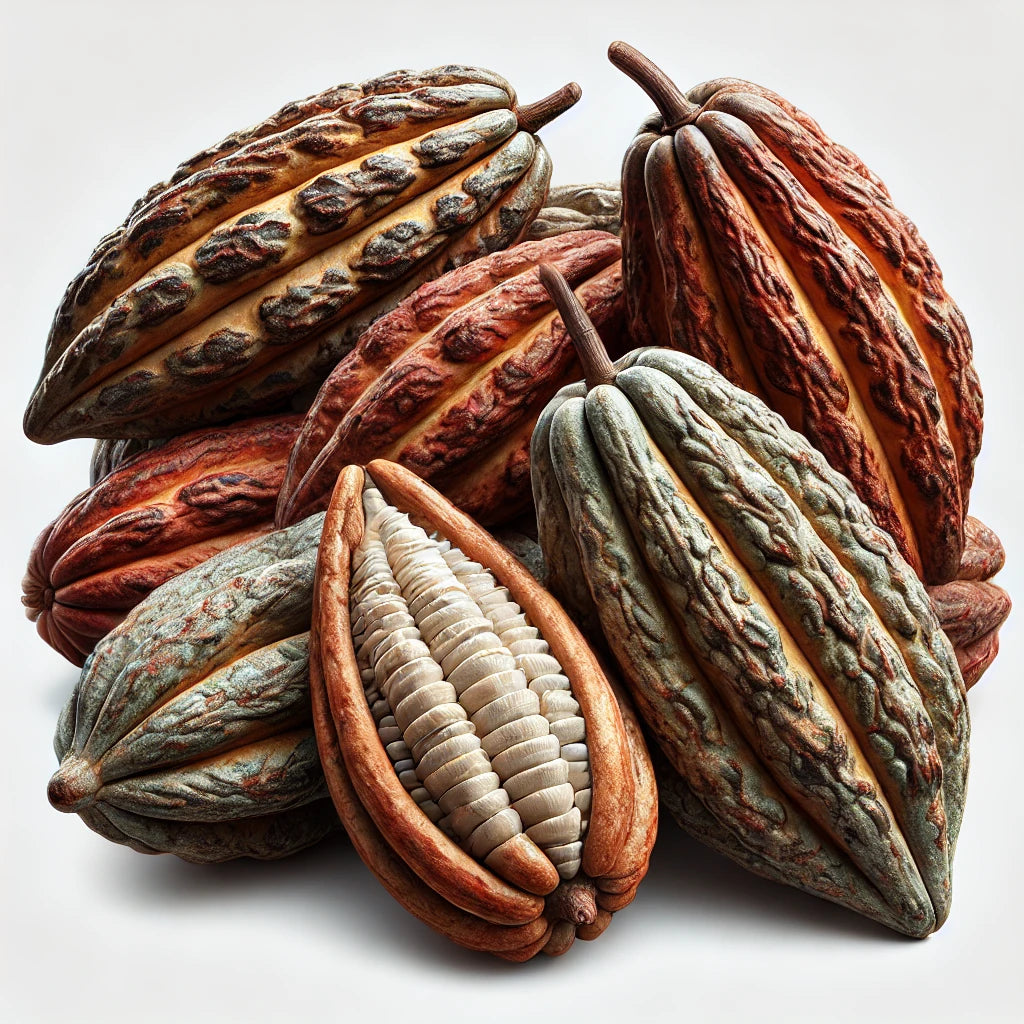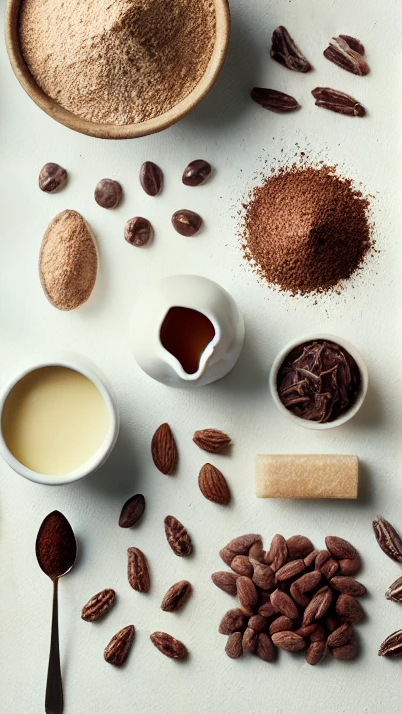

UNDERSTANDING CADMIUM LEVELS IN CACAO
Cadmium is a naturally occurring heavy metal found in the soil that can be absorbed by plants, including cacao trees. With rising concerns about food safety, the European Commission has implemented stringent regulations to manage Cadmium levels in cacao products, ensuring they are safe for consumption. This article examines Cadmium levels in cacao beans from various origins, emphasizing the importance of adhering to these food safety standards.

EUROPEAN COMMISSION REGULATIONS ON CADMIUM IN CACAO PRODUCTS
The European Commission has set maximum limits for Cadmium in foodstuffs, including chocolate and cacao products, to protect consumer health. These limits are particularly strict for products intended for young children and for high-cacao-content products, such as dark chocolate. The regulation mandates that cacao products contain Cadmium levels below specific thresholds, varying by product type and intended consumer age group.

MAXIMUM CADMIUM LEVELS IN DIFFERENT TYPES OF CHOCOLATE AS PER EUROPEAN COMMISSION REGULATIONS.
Source: European Commission on Food Safety

VARIATIONS IN CADMIUM LEVELS IN CACAO BY REGION
Cadmium levels in cacao beans can vary significantly depending on the region where they are grown. Factors influencing Cadmium uptake include soil composition, agricultural practices, and environmental conditions. Here’s a closer look at how Cadmium levels differ by region:
Collapsible content
LATIN AMERICA (INCLUDING PERU, ECUADOR, AND COLOMBIA)
This region is known for producing high-quality cacao, but the volcanic soils can sometimes result in higher natural Cadmium levels. Producers in these countries are actively working to manage and reduce Cadmium content through careful selection of growing areas and innovative farming practices.
WEST AFRICA (INCLUDING GHANA AND IVORY COAST)
As the largest cacao-producing region in the world, West African cacao generally has lower Cadmium levels compared to Latin America. However, continuous monitoring and soil management are essential to maintain compliance with European standards.
SOUTHEAST ASIA (INCLUDING INDONESIA AND VIETNAM)
Cacao from this region typically shows variable Cadmium levels. Producers are increasingly adopting sustainable agricultural practices to ensure their products meet international safety requirements.
REDUCING CADMIUM IN CACAO
To comply with European Commission regulations, cacao producers worldwide are implementing various strategies to mitigate Cadmium levels:
-
SOIL TESTING AND MANAGEMENT
Regular soil testing helps identify and select areas with lower natural Cadmium levels for cacao cultivation. Techniques such as soil amendments and crop rotation can further reduce Cadmium uptake by cacao trees.
-
SELECTIVE BREEDING OF CACAO
Research and development efforts are focused on breeding cacao varieties that are less prone to absorbing Cadmium from the soil.
-
POST-HARVEST PROCESSING
Advanced processing techniques can help reduce Cadmium content in cacao products. This includes careful handling and processing of beans to minimize contamination

COMMITMENT TO CONSUMER SAFETY IN CHOCOLATE
The cacao industry’s commitment to consumer safety is evident in its proactive approach to managing Cadmium levels. By adhering to European Commission food safety standards, producers ensure that their cacao products are not only delicious but also safe for consumers.




